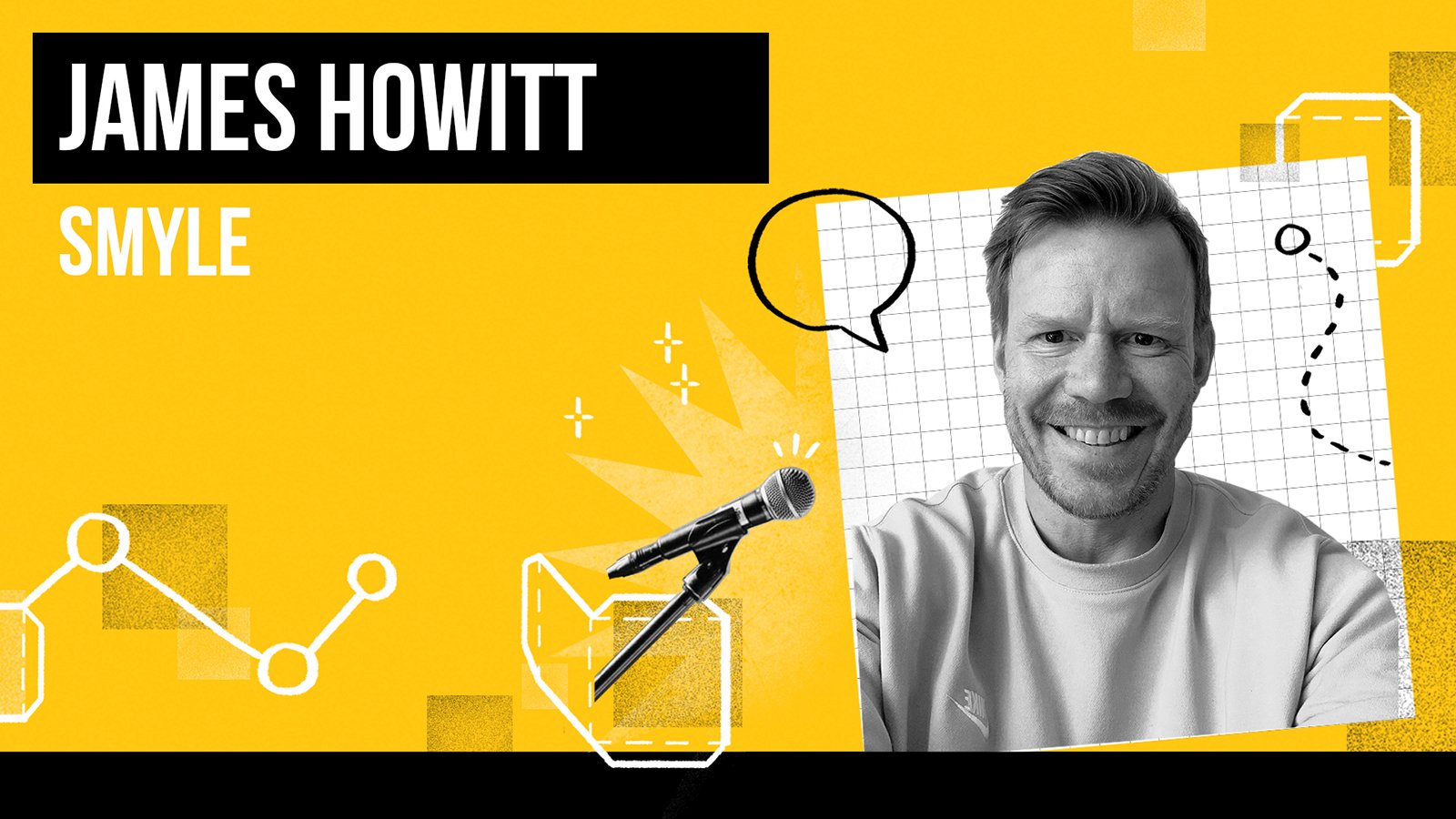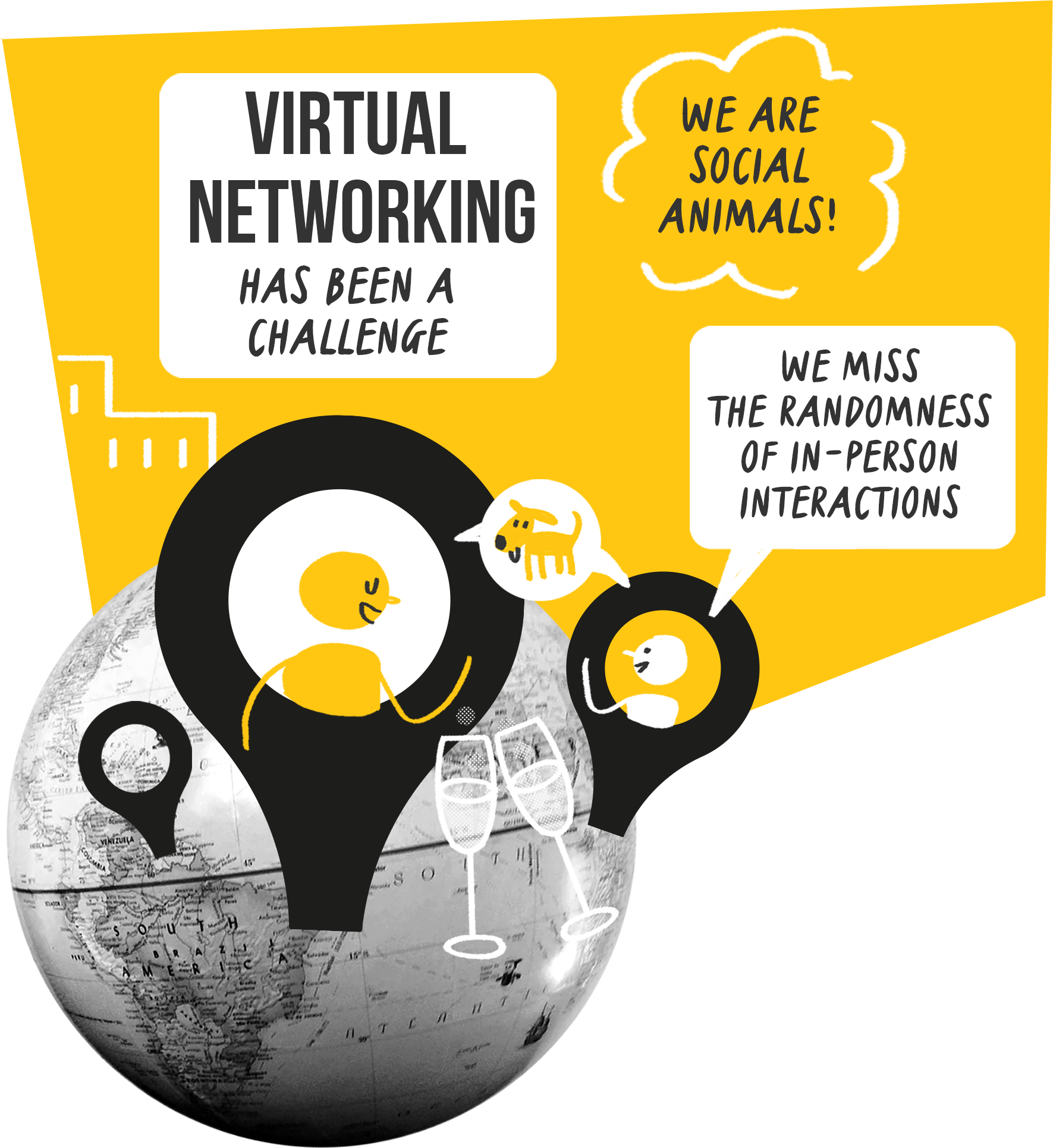Emerging trends in the virtual event space
What trends are driving innovation in the post-pandemic live and virtual event industry? We consulted our friends at Smyle, Campaign Magazine's Creative Experience Agency of the Year.
When the pandemic struck, it threw all predictions and plans for future up in the air, but now, as the dust settles, the events industry is able to make some tentative guesses about what's around the corner for a post-pandemic world. From the fear of missing everything to the challenges of "attention slam", here are some of the trends James Howitt foresees for the events industry.

F.O.M.E.
You may have heard of "FOMO"- the fear of missing out. Well, take that up a notch and you have "FOME"- the fear of missing everything. James explains: "Having gone through the pandemic - and the 12 to 18 months of working from home - there is such a pent-up demand to get back to physical live events and try new things. So that's really encouraging for people that want to get back to physical events."

Life reset
"We have this trend we're calling 'Life Reset'. And that is where people have actually used the lockdown and the pandemic to look at their lives and change things. They might have realised that working from home actually gives them the benefits of time, of less stress and of maybe not having to commute. And these people are going to potentially adopt more digital experiences in the future."
Attention slam
Ever felt your attention wane during a virtual meeting or event? Well, you may just have been suffering from what James calls, "attention slam". He explains: "This is essentially the difficulties of holding people's attention in an experience, especially in the digital realm. This means we always need to consider ways to make the content as engaging as possible. We experience so much online now that any new innovations we can bring to digital experiences are going to be really important."
 Value evaluation
Value evaluation
"A lot of brands and organisations over the past 12 months may seen a reduction in their event budgets; they don't have to send people to travel, they don't have to pay for venues, they don't have to pay for food and beverage. Funnily enough, we've always said that a digital experience is probably going to cost you about the same as a physical experience, because there are other costs associated with it. And, as hybrid events come in, we may have to budget for what is really two events. But with all this change there comes this opportunity for companies to evaluate what they're spending and how they go about that."
Flexible planning
And finally, there is a shift in the way events are planned. Because, if we've learned anything in the last few months it's that best laid plans often go awry. James says: "We don't know what's going to happen in the next six to 12 months, so we needed to have flexible planning - not just Plan A, but Plan B, C, D, and E as well." And this, he says will need to be reflected in the way that every part of the event eco-system operates, from food and beverage suppliers to speakers. "Prepare for the unexpected!"
